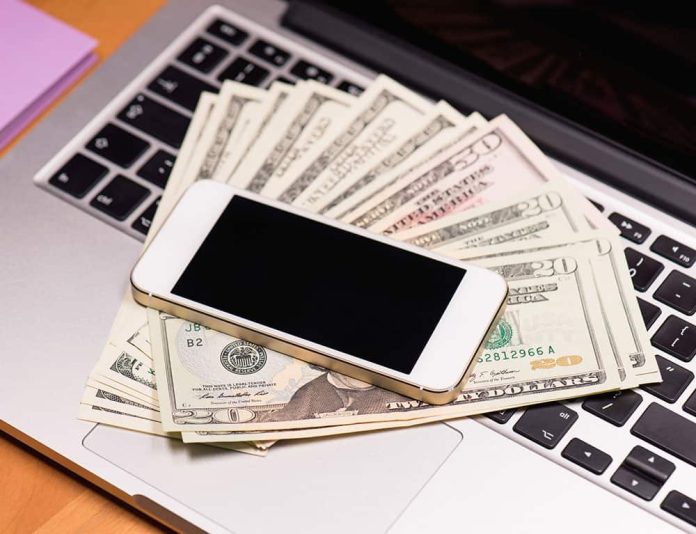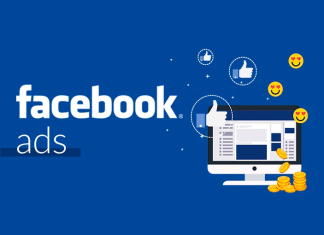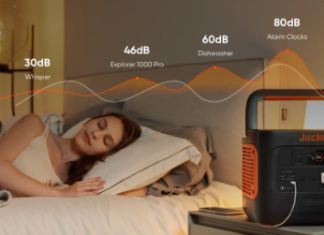The lifeline program is a great way to save money on your electric bills, but you may be wondering what the limitations of this service are. It can be hard to understand how the system works, but this article should help clarify some of the things you need to know.
Table of Contents
Recertification Process
Lifeline is an affordable communications program that helps low-income consumers access free cell phones and other wireless services. To qualify for the benefit, a household must meet certain income requirements. It is also important to contact your service provider if your financial situation changes.
The lifeline discount program is offered to low-income consumers in every commonwealth and territory. However, to use the discount, customers must recertify their eligibility. This can be done online or by mail.
If you subscribe to the federal government’s free cell phone program, you may wonder how to recertify. Lifeline has some ways to verify your eligibility, and you will have to respond to these requests.
The first step is to obtain the Application ID. You can find the ID on your renewal letter or the Recertification Subscriber Status Report in the NLAD.
Depending on the state, subscribers must recertify in three ways. These include automated checks, self-certification, and the National Verifier process.
ACP (Affordable Connectivity Program) subscribers must recertify annually. However, you might not have to wait a year to recertify if you have passed a data source check.
For eligible subscribers for the Lifeline and ACP combo plan, your discount will automatically switch to the ACP-only plan. As a result, you will lose the free text, talk, and data. When this happens, you will need to renew your Lifeline and ACP benefits separately.
Minimum Service Standards
Lifeline is a discount program offered to eligible low-income consumers. The program provides a monthly benefit for phone and broadband service. A Lifeline subscriber can receive a package of both voice and broadband services, but they must meet minimum service standards.
Minimum service standards are set annually. Currently, Lifeline requires a minimum amount of 1,000 minutes of talk time per month and three MBPS upstream of a consumer’s home. It also allows for up to four MBPS of downstream speed. These speeds are available to both fixed broadband and mobile broadband users.
Budget
Lifeline is a program administered by the Federal Communications Commission that helps low-income households make their way into the modern world. The program is largely funded by the government but is supplemented by state and local governments sometimes. As of the fiscal year 2020, the government will spend more than $900 million on the program. This is money well spent because the program is designed to increase access to information and communication technologies.
The Lifeline program is being modernized. Some reforms have been proposed to improve the program’s transparency and accountability. The federal government is poised to save $200 million in 2012 alone. Among other things, the new rules will help ensure eligible consumers get the cheapest and most affordable phone service possible. Also on the list is establishing an Affordable Connectivity Outreach Grant Program. These statewide grants are part of a larger initiative to make the program more affordable and accountable to the taxpayer.
For the record, the Lifeline program was officially rolled out in March 2016. This was in the name of the FCC’s broader mission of ensuring that low-income families have access to modern, cost-effective communications technology.
Non-Transferable Benefit
Depending on the state, Lifeline service can be a free telephone service or a low-cost phone service. Lifeline service helps ensure that all Americans have access to telephone service. In addition, it provides discounted phone and internet service for low-income consumers.
To qualify for Lifeline, you must have proof of income below the federal poverty guidelines. Applicants must also sign up with a phone company to receive the service. The application is reviewed by the National Verifier, which will provide notification of eligibility.
To receive Lifeline, a household must have one primary residential telephone line and one wireless line. It is also prohibited to receive more than one Lifeline service from more than one provider. If a customer makes a false statement on the application, he or she could be de-enrolled from Lifeline. False statements can also result in fines.
The Universal Service Administrative Company (USAC) is responsible for the data collection, calculation, and disbursement of the low-income program. In addition, USAC verifies that ETCs comply with state verification procedures.
National Lifeline Eligibility Verifier
The National Lifeline Eligibility Verifier is a system that determines if a consumer is eligible for the Lifeline discount. It’s a good idea to use it to help you determine your eligibility, especially if you’re a new Lifeline subscriber. There are a few different ways to get your eligibility verified.
A good place to start is by requesting a free letter from the National Verifier. These letters are designed to make it easy for consumers to verify their eligibility. They can be delivered via mail, telephone, or online.
If you don’t receive a free letter, you can still check your eligibility by sending proof of your identity and address to the Lifeline Support Center. You may also receive a letter from the National Verifier with a link to your application.
Aside from the National Lifeline Eligibility Verifier, several other resources can assist you in determining your eligibility for the Lifeline discount. These include state-specific Lifeline enrollment forms, which may be required for residents of certain states.















